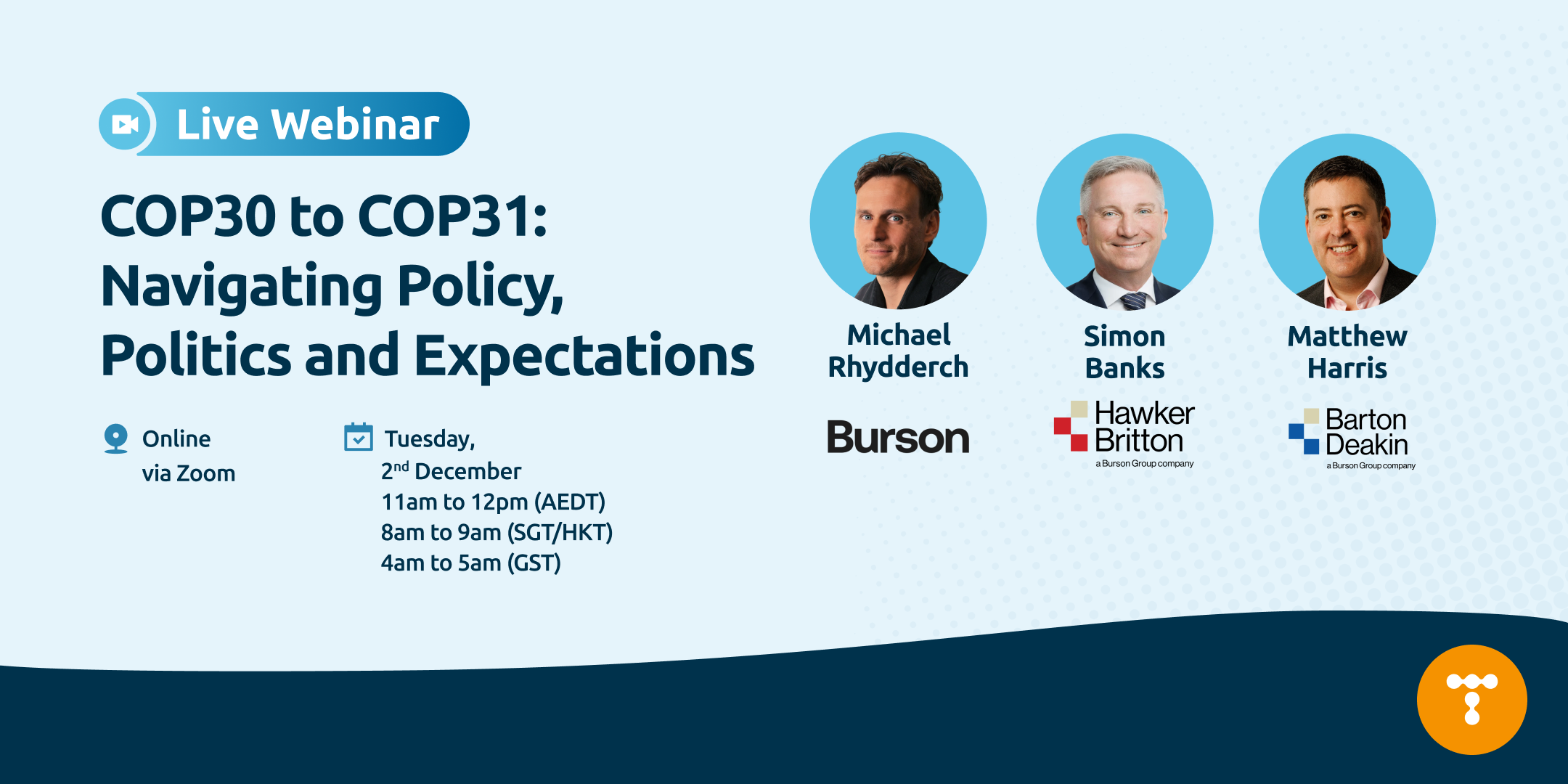As cities evolve and communities grow, the way we think about urban development has transformed to meet modern needs and navigate risks and opportunities. Modern placemaking, a growing field in urban development, goes beyond architectural design and urban planning. It extends to focus on creating meaningful spaces that resonate with communities while meeting contemporary challenges such as climate change and competition for space.
Wingki Kwok, Head of Public Relations and Engagement from ARUP shared how storytelling and community engagement shape placemaking projects, from conceptualisation to implementation.
Placemaking and place branding have become increasingly common in urban development conversations. How have these concepts taken shape in Hong Kong, and what role does communications play in bringing them to life?
Urban development jargons can be confusing. Terms like placemaking, place branding, city marketing often seem interchangeable, but each serves a distinct purpose.
To put it simply, place branding is a strategic marketing approach for a location. As a city, Hong Kong has made significant efforts to promote a global image, aiming to attract international business and tourists. Place branding can also be applied at the district level. Projects like Energizing Kowloon East and Kai Tak Fantasy are great examples. With the Northern Metropolis on the horizon, we’re seeing place branding being used not only to attract investment, but also to draw in new residents and talent.
Placemaking, on the other hand, focuses on shaping public spaces to improve community well-being. Notably, good placemaking often contributes to the place brand, naturally strengthening the overall identity of a place.
But here’s the thing: place branding isn’t like selling a product. You can't declare a city welcoming and vibrant without friendly people and infrastructure that supports diverse communities. Similarly, claims of sustainability fall flat without green spaces and proper waste management. The brand must reflect authentic experiences shaped by people, culture, cityscape, history, and economic activities.
That’s where communications come in, and its role is twofold: first, it helps build the brand or place through engagement, collaboration and storytelling, and second, it tells the story to the world. These are not things you can achieve with just a single campaign. When I trained with the International Place Branding Association, one key takeaway was that a successful place brand isn’t something you invent on the spot and never look back, but something you discover and nurture over time. Making a meaningful place requires more than slapping on a logo or tagline; those are merely finishing touches.
What’s the key to good storytelling for a placemaking project, while staying true to your company’s values?
At Arup, our approach to placemaking revolves around capturing the essence of a community and translating that into design solutions that enhance public spaces and improve the quality of life.
The best stories that communicate this approach are always based on voices that reflect the authenticity of a place. Whether it’s place branding or placemaking, the people of the place make for the most powerful stories. It could be a local resident who’s lived in the area for decades, a small business owner who’s shaped the local economy, or a young athlete who proudly represents their district. Their voices bring depth and credibility to our storytelling, and good stories demands collective effort. Therefore, we need to dig out authentic stories and empower storytellers through engagement.
A core part of your current role focuses on public engagement. What does community engagement for a placemaking project look like, and why is it important?
Community and stakeholder engagement are not simply boxes to tick off but fundamental in building a shared vision. We believe that any placemaking or branding strategy must be grounded in deep understanding – something impossible to achieve from behind a desk. You have to go out, speak to people, listen to their stories, and understand their aspirations.
I'm currently working on a placemaking project at San Tin Technopole, where we're exploring ways to enhance village public spaces and promote urban-rural integration. Naturally, the first step is to talk to the residents, but urban-rural integration is a broad and sometimes abstract concept, and people can interpret it in very different ways.
Instead of jumping straight into asking 'What do you like?', we focused first on building a shared understanding around some core principles. It’s much more meaningful when we work together toward a higher common goal that also brings tangible benefits to the local community.
Trust-building, fostering a sense of ownership, and participation are key in this process. When people feel they’ve had a hand in shaping their environment, they’re more open to collaboration and more invested in the outcome. That’s why we focus so much on inclusive engagement to bring in diverse voices and make sure everyone feels heard – to make placemaking truly impactful.
How do you come up with communication strategies for placemaking developments that typically span several years, particularly given the potential for shifts in market conditions and public interest?
When developing long-term placemaking projects, communication strategies need to balance ambition with practical considerations.
We begin by mapping out stakeholders to understand the full spectrum of interests and influences. For placemaking and place branding, the local community usually carries the most weight, followed by other actors who will drive implementation.
One thing I’ve learned is that people are great at telling you what they want, but not always why. When dealing with various stakeholders, you can’t design based on preferences alone, you need to get to the bottom of what is driving the views they hold. Asking the right questions, setting the scene carefully, and preparing for conflicting views are all means to achieve this end, as well as ensuring that developments do not waver under external pressures.
Placemaking through co-creation helps build ownership, and the results are often tangible, with visible changes in the environment that reflect the community’s input. These outcomes also feed back into the place brand, reinforcing its authentic identity.
How do you see sustainability and ESG messaging impacting public perception of a placemaking project?
ESG is gaining more visibility in project communications, and I think that’s a really positive shift. It serves as a reminder of the values we want to bring to the audience, and more importantly, it helps people understand and feel more connected to the spaces being developed by showing how a project contributes to environmental and social benefits.

Telum Talks To: Wingki Kwok from Arup
Telum Media creating connections
Get in touch to learn more
You might also enjoy
We. Communications has introduced GEO Compass, a tool designed to help organisations understand, measure, and shape how their brand’s story is represented in AI-driven search results.
The launch comes as Generative Engine Optimisation (GEO) becomes an emerging focus for communicators.
According to the agency, the platform allows communications leaders to assess their brand’s current footprint in AI-generated answers and build strategies to strengthen visibility and resonance. It combines diagnostic briefings with a strategic roadmap and ongoing optimisation, giving organisations a framework to improve presence and accuracy in a rapidly changing environment.
Daniel Blank, EVP and Head of Digital Innovation, EMEA, said: “People are no longer clicking through pages of results; they’re getting one AI-generated answer - and if you're not part of that answer, you are invisible. GEO Compass ensures that when AI responds, your brand’s story is represented accurately, credibly and with influence.”
GEO Compass is part of We.’s AI Accelerator suite, which also includes AI Academy and AI Storymaking, supporting communications teams in integrating AI responsibly into their workflows.
Leon Communications has announced its expansion to offer corporate affairs advisory services. Building on the firm's existing capabilities in critical issues, crisis management, litigation, and disputes comms, the new function offers specialist strategic counsel to companies in the face of geopolitical headwinds, economic competition, and mitigate risk in Asia.
The new corporate affairs practice is led by Praveen Randhawa, who currently serves as a Senior Advisor with the firm. As part of her new responsibilities, she advises business leaders on issues including market entry, government and regulatory affairs, stakeholder engagement, and internal communications.
"The increasingly complex and volatile geopolitical environment calls for more than just an effective corporate communications function. It demands a strategic corporate affairs capability to position and protect reputation, secure the license to operate and anticipate what’s next," said Praveen. "I’m thrilled to lead this next chapter of Leon’s growth and work alongside our clients to navigate uncertainty with confidence, turn challenges into competitive advantages and strengthen their strategic position in a rapidly changing world."
Additionally, Leon Communications has introduced two series of its executive communications training workshops. The first series focusses on comms skills for business executives and covers essential media interview skills, panel discussions, messaging, and crisis management essentials. The second is targeted at comms leads and covers corp comms toolkit and strategic media relations.
Commenting on the launch, Tim Williamson, Managing Director of Leon Communications, said: "Everything that we do is built around really getting to know our clients bringing senior level counsel, local experience and expertise and hands on execution, to help them be successful and manage their reputation in Asia. Our team has a breadth and depth of experience in corporate affairs in this region that brings that same ethos to corporate affairs and executive training so that we’re really moving the needle for clients."
As the world raises the bar on climate ambition, businesses face a new era of scrutiny, policy shifts, and opportunity. COP30 saw nations commit to tougher 2035 targets. Now the focus turns to delivery, and all eyes are on Australia as a potential host for COP31.
Join us online to hear from senior leaders at Barton Deakin, Hawker Britton and Burson as they unpack how global climate negotiations are reshaping Australia’s policy, politics and business strategy on the road from COP30 to COP31.
Date: Tuesday, December 2nd 2025
Time: 11:00am – 12:00pm AEST
8:00am – 9:00am HKT / SGT
Where: Online via Zoom
Register for COP30 to COP31 here.
-1.jpg)

